Agentic AI vs. Generative AI: Key Differences and Use Cases in 2025
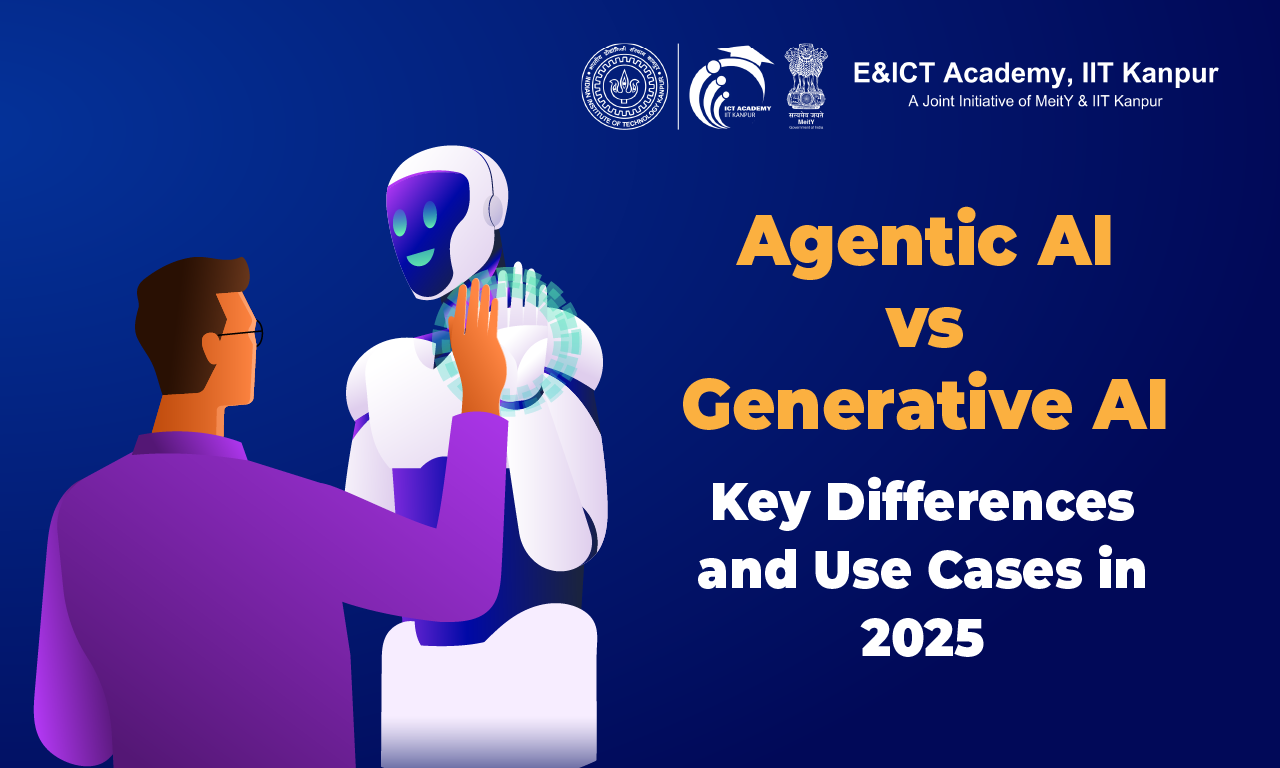
Agentic AI vs. Generative AI: Artificial intelligence (AI) is still transforming businesses in 2025, spurring efficiency and innovation in a variety of sectors, including e-commerce, healthcare, and finance. The comparison between Agentic AI and Generative AI has become crucial in influencing technical evolution among the many AI developments. Although they both make substantial contributions, their functions and goals are different.
The main goals of agentic AI are process optimization, complicated issue resolution, and autonomous decision-making and action execution. On the other side, generative AI fosters creativity and customization by producing original material, ranging from text and photos to music and movies. Let’s look through the various aspects of both of these AI models and how they differ from each other. Also, EICTA provides an array of courses to explore for people interested in the field of artificial intelligence.
Agentic AI
Artificial intelligence systems built to behave and make decisions on their own without continual human supervision are referred to as agentic AI. Agentic AI operates with a goal-oriented approach, able to analyze events, forecast outcomes, and optimize its behaviors to accomplish desired objectives, in contrast to other kinds of AI that mostly rely on static answers or specialized tasks.
Also Read: What is Artificial Intelligence in Simple Words
Autonomy, flexibility, and the capacity to think and act in response to external inputs are among the essential features of agentic artificial intelligence. This distinguishes it from strictly reactive AI as agentic AI prioritizes long-term goals over instantaneous question answers.
Decision-making algorithms and reinforcement learning are the functional foundations of Agentic AI frameworks that underpin its operation. Systems that can learn from interactions and gradually improve performance may be developed thanks to these frameworks.
Self-driving automobiles, robotic process automation (RPA) technologies that streamline workflows, and AI-driven decision-making tools for supply chain management and finance are a few of the well-known Agentic AI examples.
Generative AI
Generative AI is a model which can perform creative tasks like writing, pictures, music, movies, and even code. Generative AI discovers patterns in vast datasets and applies them to produce unique outputs that resemble human creativity, in contrast to classical AI, which follows preset rules or responds to inputs.
Also Read: AI vs ML vs Deep Learning – Know the Real Difference
Generative AI frameworks such as transformers, VAEs (Variational Autoencoders), and GANs (Generative Adversarial Networks) are used commonly by this AI model. While transformers like GPT models are excellent at producing text that is cohesive and contextually accurate, GANs compete between two neural networks to produce incredibly lifelike outputs.
Generative AI Examples include DALL·E for producing original pictures, GPT models for natural language processing, and AI tools for video editing, graphic design, and more. By facilitating hyper-personalized experiences and automating innovation, these technologies enable industries to develop.
Key Differences Between Agentic AI and Generative AI
With two major paradigms—Agentic AI and Generative AI—artificial intelligence has expanded into specialized fields. Although they both foster creativity, there are notable differences between their key features, modes of learning, and application domains.
Essential Features
- Agentic AI: It focuses on autonomous decision-making and action execution, allowing computers to solve complicated issues, streamline processes, and accomplish preset objectives.
- Generative AI: Focuses on creating original material by imitating patterns in vast databases to produce text, graphics, and music.
Mechanisms of Learning
- Agentic AI: Makes use of optimization strategies like reinforcement learning and rule-based systems to gradually enhance decision-making skills.
- Generative AI: Produces outputs that mimic human creativity by using data-driven learning techniques like transformers and GANs, as well as pattern recognition.
Areas of Application
- With applications in financial trading, healthcare diagnostics, robotic process automation (RPA), and driverless cars, agentic AI is used for numerous reasons in the automation and optimization industry.
- Generative AI is used across various fields like marketing, visual design, recommendation models, and entertainment.
Businesses may match their objectives with the appropriate AI technology by being aware of these differences, utilizing generative AI for creativity and innovation and agentic AI for efficiency and optimization. Both can drastically alter industries in 2025 and beyond.
Real-World Applications of Agentic AI
Agentic AI use cases are transforming several sectors in 2025 by increasing autonomy and efficiency. One excellent example is the use of agentic AI in autonomous cars, which makes decisions in real time for safe driving. Financial trading bots use this kind of AI to quickly execute lucrative deals and evaluate market movements. In a similar vein, agentic AI-powered customer care chatbots provide individualized, 24/7 assistance, increasing client satisfaction.
The use of agentic AI is expanding quickly in sectors including manufacturing, logistics, and healthcare. It helps with diagnosis and treatment planning in the medical field, and it optimizes supply chain and fleet management in the logistics industry. Automated production methods in manufacturing guarantee accuracy and minimize downtime. These uses demonstrate how agentic AI promotes innovation and operational excellence in a variety of industries.
Real-world applications of Generative AI
Generative AI use cases are revolutionizing the creative industries by automating the creation of marketing content, artwork, and other materials. Beautiful images are produced by tools like DALL·E, while captivating copies for ads and branding campaigns are created using language models like GPT.
Generative AI improves e-commerce customization by making customized product recommendations. It drives interactive experiences, dynamic narratives, and deepfakes in media and entertainment. Design automation tools also make it easier for architects and graphic designers to complete tasks. These uses show how generative artificial intelligence (AI) encourages innovation and customization, propelling expansion in sectors that depend on it.
Training and Learning Pathways for Both AI Types
The need for professionals who can develop, deploy, and optimize these systems is increasing as more sectors use these AI models for automation, creativity, and decision-making. Educational platforms are providing specific training programs, such as Agentic AI courses and Generative AI courses, to meet this need. These classes give students the fundamental understanding and practical experience required to work with these sophisticated AI models.
IFacet provides a variety of courses through which you can learn how to create material using Generative AI. The courses on IFacet are directly managed by IIT Kanpur to help revolutionise the education industry and help people get a headstart in learning about the fields they are interested in.
Similarly, IFacet also provides detailed courses which can help you learn about various AI models like Agentic AI, and many other such inter-related fields through its various courses which are designed to have all the necessary information in one single compiled course like the “Advanced Certification in AI & Machine Learning“ which only requires beginner level understanding of the subject to get started.
Learning Agentic AI and Generative AI is not only essential for today’s AI professionals but also pivotal for anyone looking to contribute to the future of AI-driven solutions.
Conclusion
To sum up, Generative AI is conducive to creativity, customization, and content creation in areas such as marketing and design. Agentic AI, on the other hand, is more capable of automation, decision-making, and optimization. This is how productivity can be improved in areas like healthcare and logistics. Businesses will realize their maximum potential by knowing the unique characteristics of each AI model. Professionals will be well-positioned in the quickly shifting technological landscape when they master not only the nature of agentic AI but also generative AI as this develops.
Recommended Courses
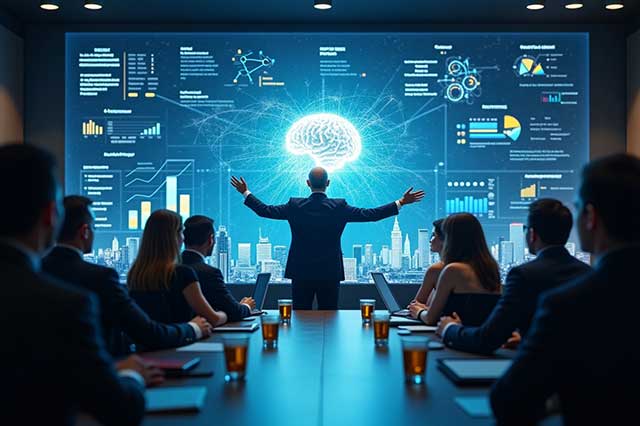
Advanced Certificate Program in AI for Leaders
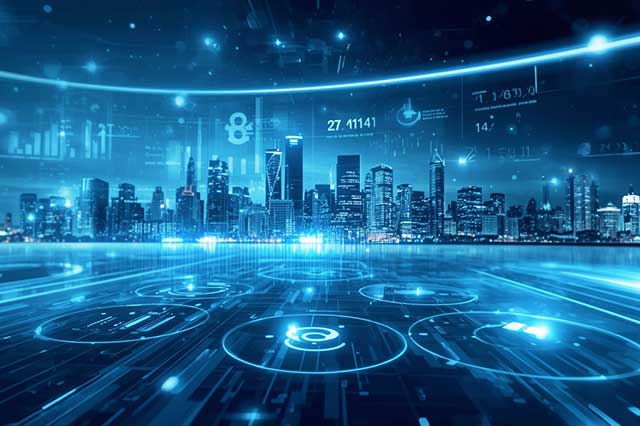
AI & Digital Transformation
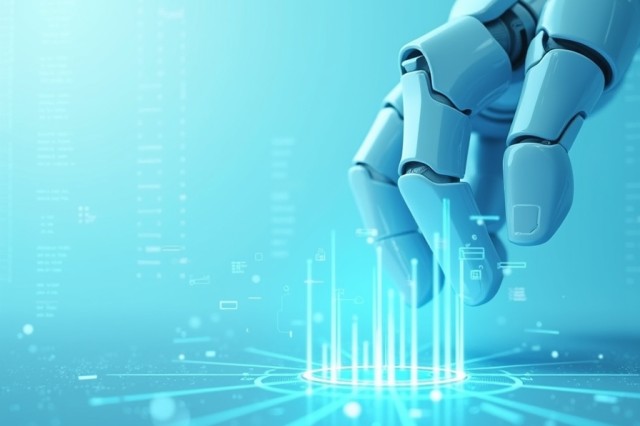
AI for Managers

AI for Managers
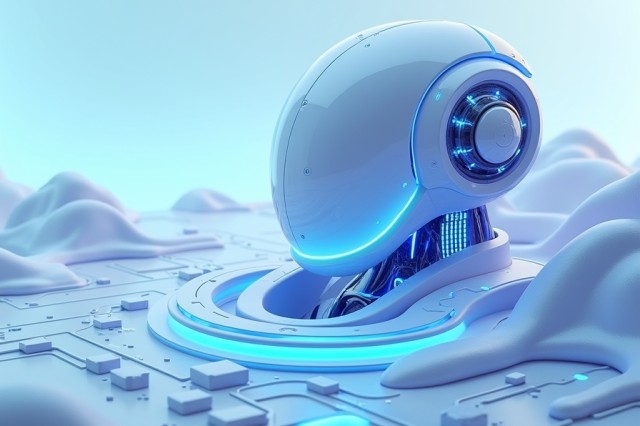
Artificial Intelligence
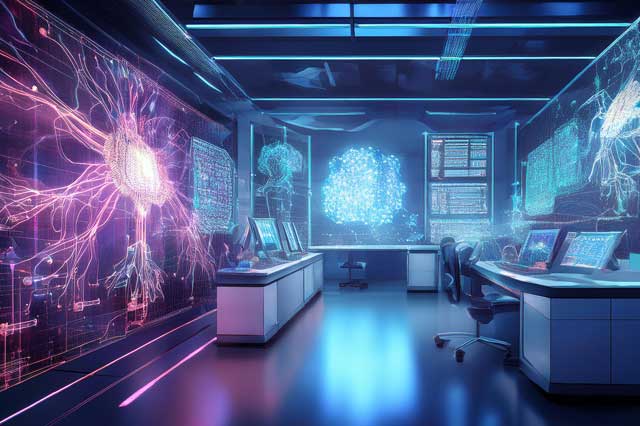
Deep Learning with Generative AI for Computer Vision
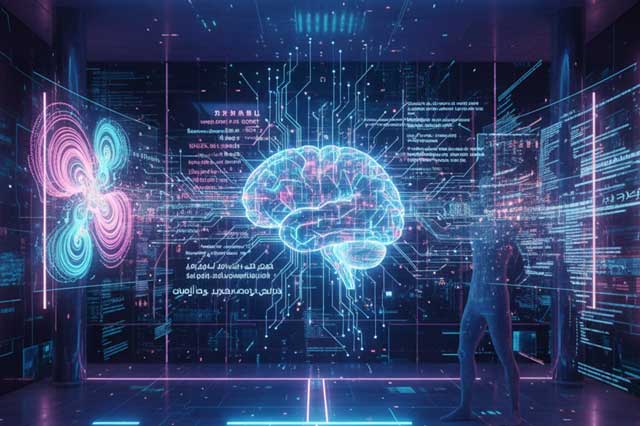
Generative AI
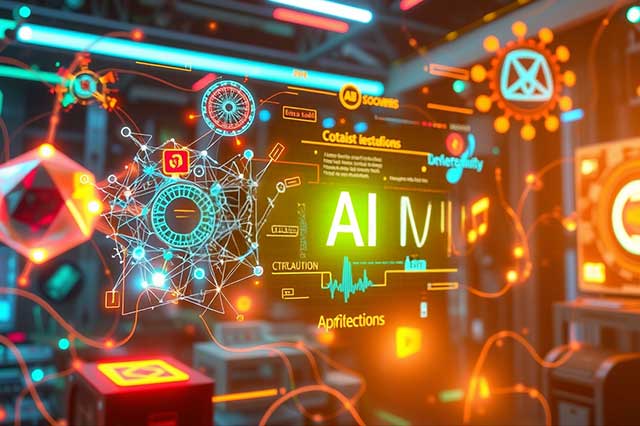
Generative AI Course
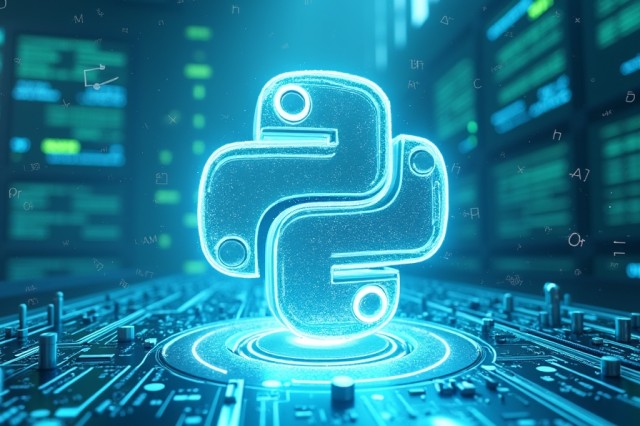
Machine Learning with Python

Professional Certificate Course in Generative AI and Machine Learning
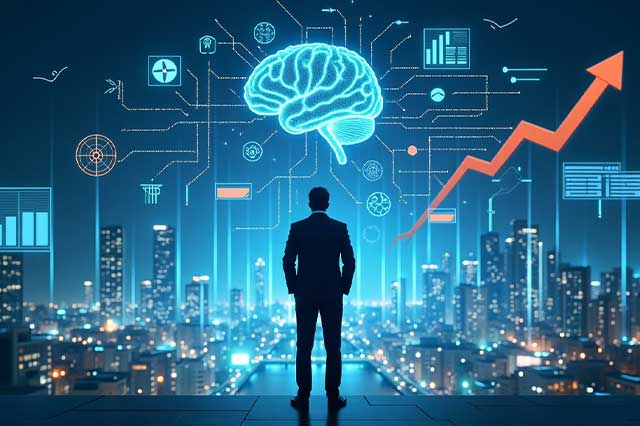
Professional Certificate Program in Leadership with AI



